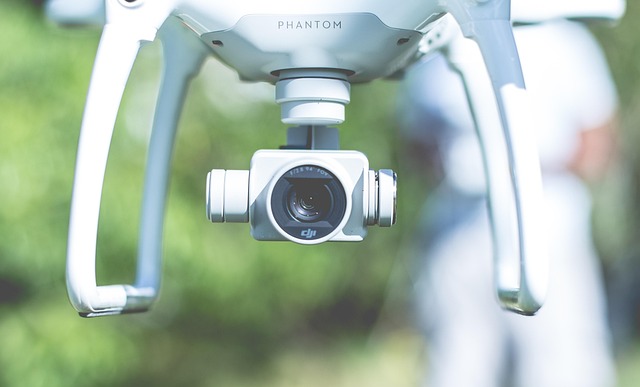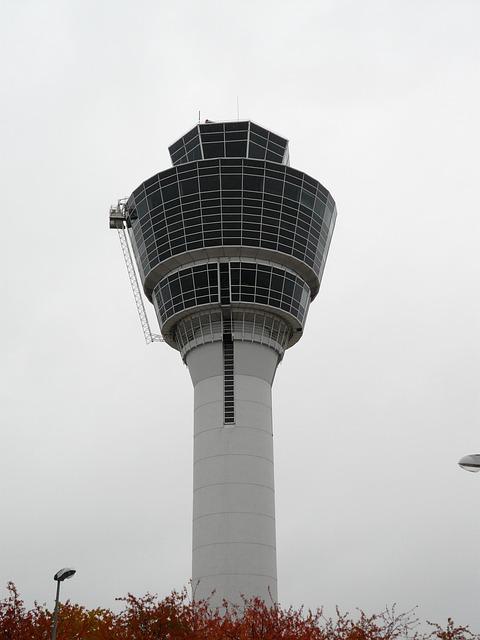In Denver, understanding fox behavior and habitat is crucial for effective wildlife control. Foxes are attracted to urban areas due to food sources like garbage, pet food, and pigeons on commercial buildings, benefiting from diverse landscapes offering hiding spots and dens. Bird control for pigeons becomes essential to reduce fox activity and prevent property damage. Non-toxic deterrents such as reflective tapes, ultrasonic devices, and scent repellents are humane and eco-friendly methods to manage pigeon infestations. Visual and sonic disruption techniques effectively deter pigeons and foxes from commercial buildings, promoting non-lethal coexistence through regular maintenance.
In the vibrant, bustling city of Denver, balancing urban life with wildlife coexistence is essential. This article explores effective fox deterrent techniques for commercial bird control, focusing on understanding local fox behavior and habitat. We delve into non-toxic deterrents proven to curb pigeon infestations on high-rise buildings. Additionally, discover visual and sonic disruption methods that use natural predator imitation and light manipulation to keep foxes at bay without harmful chemicals, fostering a harmonious urban wildlife landscape for all.
- Understanding Fox Behavior and Habitat in Denver
- Non-Toxic Deterrents for Commercial Bird Control
- Effective Visual and Sonic Disruption Techniques
Understanding Fox Behavior and Habitat in Denver

In Denver, understanding fox behavior and habitat is crucial for effective wildlife control. Foxes are adaptable creatures that thrive in urban environments, often choosing areas with abundant food sources like garbage, pet food, and small animals. They are particularly drawn to commercial buildings due to the ready availability of bird control issues, such as pigeons, which serve as a significant food source. This adaptability makes it essential for property managers and pest control professionals to employ strategies that consider both the foxes’ natural behaviors and their unique habitat in Denver’s urban landscape.
The diverse topography of Denver, from downtown skyscrapers to suburban neighborhoods, offers varied hiding spots and dens for foxes. They are adept at navigating through these environments, making them challenging to deter. Effective bird control methods for pigeons on commercial buildings become even more critical in this context, as the reduced availability of food could drive foxes to seek alternatives, potentially leading to conflicts with human activities and property damage.
Non-Toxic Deterrents for Commercial Bird Control

Non-toxic deterrents have emerged as a humane and eco-friendly approach to bird control, especially for managing pigeon infestations on commercial buildings in Denver. These methods are designed to discourage birds from landing or nesting without causing them harm. For instance, visual deterrents like reflective tapes, balloons, or plastic owls can be strategically placed to create a disorienting environment for pigeons.
Another effective non-toxic technique is the use of ultrasonic devices that emit high-frequency sound waves. These devices are silent to humans but can deter birds by simulating predator calls. Additionally, commercial bird control services in Denver often employ scent repellents, such as citrus or capsaicin-based products, which birds find unpleasant, encouraging them to seek out alternative locations for roosting and feeding.
Effective Visual and Sonic Disruption Techniques

Visual and sonic disruption techniques have proven effective in wildlife control, particularly for bird control on commercial buildings in Denver. Predators like foxes are averse to areas with high visual stimuli and unpredictable sounds, making them excellent candidates for non-lethal deterrents. Install bright, reflective objects like aluminum tape or balloons that move in the wind to create a confusing visual environment for foxes. Alternatively, utilize noise makers such as motion-activated sprinklers or ultrasonic devices that emit high-frequency sounds unpleasant to foxes but harmless to humans and pets.
In urban settings, combining these methods can significantly deter foxes from approaching commercial buildings. Regular maintenance of these deterrents is crucial as wildlife are adaptable. By staying one step ahead with new tactics, businesses in Denver can protect their properties without causing harm to these wild animals, fostering a harmonious coexistence.
In addressing bird control for pigeons on commercial buildings in Denver, a multi-faceted approach is key. By understanding fox behavior, utilizing non-toxic deterrents, and employing effective visual and sonic disruption techniques, property managers can create an environment that discourages unwanted feathered visitors. Combining these strategies offers a humane and environmentally conscious solution to keeping urban spaces clean and safe for both wildlife and humans alike.
